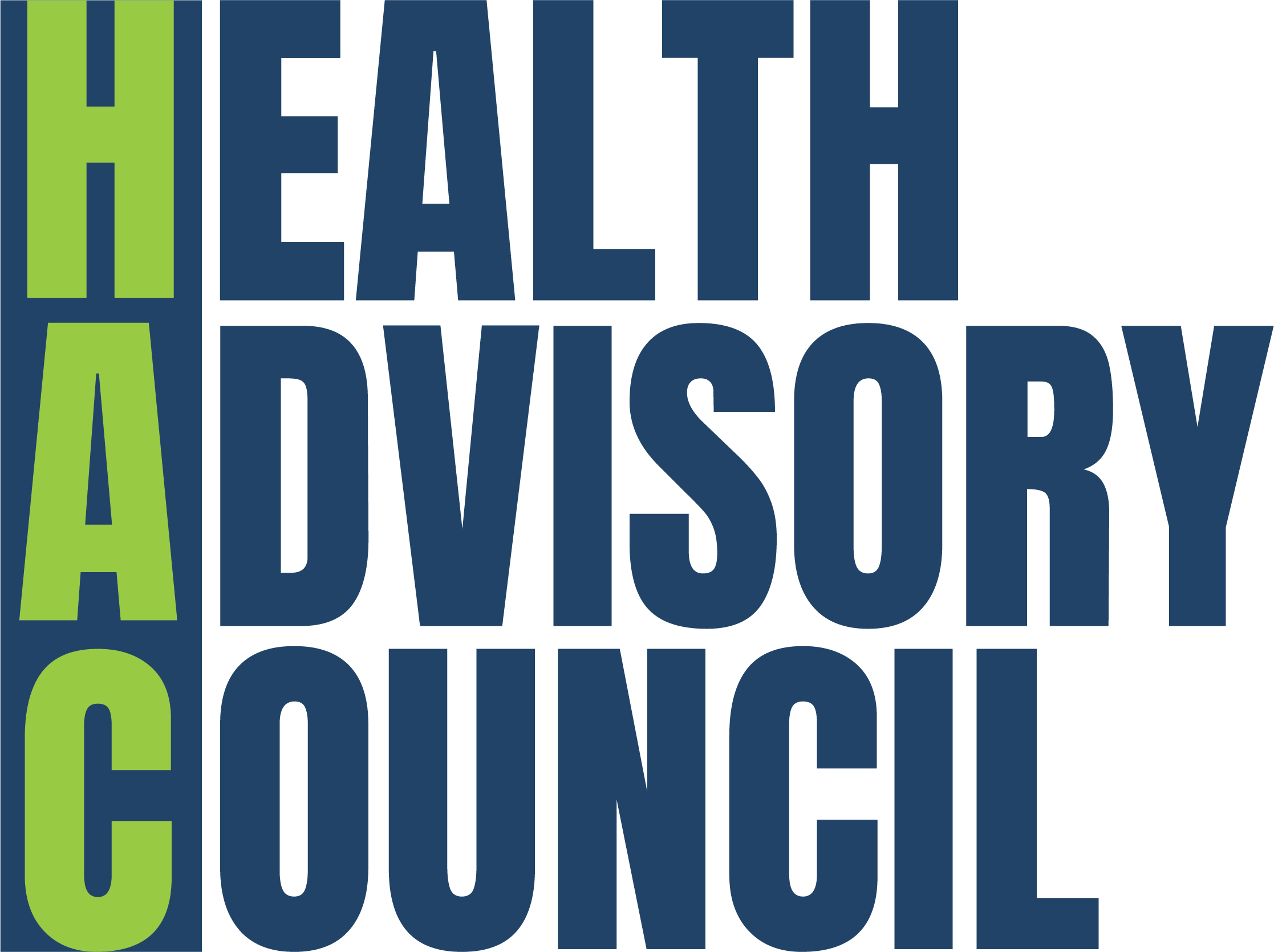 A version of this guest post was originally published in the National Underwriter. The views reflected here are not necessarily those of the NCL.
A version of this guest post was originally published in the National Underwriter. The views reflected here are not necessarily those of the NCL.
“The life insurance market is characterized not only by an absence of reliable price information, but also by the presence of deceptive price information…the deceptive sales practices found in the life insurance industry constitute a national scandal.” So testified Professor Joseph Belth, an expert on the life insurance industry, before Congress in 1973. Can this statement, from more than 40 years ago, still be as true today? And is it possible for such deplorable industry practices to be occurring without being in the spotlight of public attention?
The short answers are yes. To this day the life insurance industry too often relies on inadequate product disclosure, misinformation, and fraudulent practices, thereby costing consumers billions of dollars annually. Industry executives have for years acknowledged that no one would buy many of their companies’ products if they were appropriately informed.
The free market economic system is built upon informed buyers making educated decisions. Yet so many life insurance industry chieftains who regularly sing the praise of our economic system fail to acknowledge that their businesses haven’t satisfied the system’s prerequisites or played by its rules.
Empirical proof of the life insurance market’s dysfunction is readily apparent by examining the very products life insurers and their agents sell. While a select few cash-value life insurance policies can provide excellent competitive value, perhaps 95% of such policies sold provide value no informed consumer would accept. This marketplace’s dearth of information also afflicts tens of millions of policyholders at annual renewal; if properly informed, millions of them currently could readily obtain much better value. Consumers of the industry’s other main products, annuities and long term care insurance, also face enormous disclosure-related problems.
The root of the age-old problem is the inadequate disclosure of information surrounding cash-value policies, such as whole life policies, where the annual cost is not the annual premium. Professor Belth and I have both long recommended disclosure about a policy’s annual costs and rate of return on its cash-values.
The attached table of an actual insurance policy’s historical performance (see below) shows how this information on a policy’s annual costs and rates of return on its cash-values can be presented on a year-by-year basis and summarized over the duration with average or aggregate measures. Similar cost and rate information can be calculated on any and all prospective new and in-force policies via online consumer-friendly analytical tools. Understanding policies from this framework, and with solid knowledge of the differences between illustrated future values and actual future performance, enables consumers to assess the competitiveness of a policy’s costs and rates. For example, a healthy 40 year-old male can compare his policy’s costs with benchmarks that are available in the marketplace and its rates of return with suitable alternative investments.
A cash-value life insurance policy’s unique intrinsic economic advantages arise from its Congressionally-granted tax privileges, not its highly touted permanence; after all, a term policy can be converted or exchanged into a policy providing lifelong, permanent coverage. These tax privileges, which are given directly to policyholders, however, are not a basis for which insurers can charge consumers; no one pays thousands of dollars to set-up an individual retirement account (IRA). Consequently, when selling such cash-value policies as whole life agents routinely make assorted misrepresentations. Agents often misleadingly state: 1) that a whole life policyholder pays for a lifetime of costs upfront, and that doing such and owning his/her coverage is better than endlessly renting it; 2) that buying a whole life policy at a younger age locks in a lower level cost for life; and 3) that the annual costs of a whole life policy can actually decline as the insured ages because these policies can pay dividends. These three common agent statements, and myriad variations of such, are deceptive.
Regulations prohibit such misrepresentations, but they have never been enforced. These and other misrepresentations are all designed to distort a cash value policy’s fundamental difference. For agents, the essential difference between whole life and term insurance is the quantum difference in the sales commissions – up to 5-9 times larger on whole life policies than on term policies. No one familiar with the paramount role that compensation incentives tied to the origination of subprime mortgages and the repackaging of such default-inevitable, toxic securities played in creating the Great Recession can doubt the perniciousness of the life insurance industry’s age-old problematic sales practices.
A successful consumer-agent relationship can only be built on trust, so predicating it upon inadequate disclosure is inherently counter-productive to all. While inadequate disclosure appears to be in the insurers’ and agents’ interest, it actually has made consumers so leery of agents that the age-old distribution process is so terribly inefficient and ineffective. Americans’ under-insurance – having woefully less life insurance than needed or appropriate – reaches new records every year. Some insurers’ policy lapse rates raise fundamental questions regarding the products’ suitability that regulators have never examined. And, the facts that the typical life insurance agent sells less than one policy per week and that four out of five new sales recruits fail out of the business within a few years are further proof of this industry’s failed business approaches.
Given the nature of the problem, improved disclosure and publicity of such have always been known to be two indispensable parts of the inevitable solution. Contrary to general opinion, however, there is no need to wait to for this industry’s state regulators to act and mandate disclosure. The necessary disclosures, after all, are not proprietary or esoteric. As is shown in the table, life insurance policies, like an automobiles’ horsepower or MPG, can be disclosed, not only by the manufacturer, but by anyone with the necessary expertise and this information is now available online.
Without publicity though, this public good of disclosure remains undiscovered. Reform of the life insurance industry has always merely been a battle of wills. Reformers have had to confront industry, an uninterested or uninformed media, regulators not understanding their jobs or unwilling or unable to do them, and/or reformers’ own doubts about ever succeeding. Financial markets can be fixed when appropriate policy disclosure for consumers is heralded and becomes pervasive.
When will this information be publicly disseminated, so that everyone knows about it and can use it, thereby initiating the long-overdue repair of the life insurance marketplace? This disclosure-driven transformation will produce the myriad and well-documented benefits of genuine economic competition: consumers will obtain better value; insurers will improve the efficiency of their production processes; and agents will act and be seen as trustworthy professionals. Clearly, the sooner this time comes, the sooner Americans can start saving billions of dollars per year, the better for everyone.
Actual Historical Performance of a Whole Life Policy
$250,000 issued 20+ Years ago (in 1989) to a 45 Year Old Male, Best Health
*Annual Premium $5815 Paid All Years
** Notes below provide additional information
|
Age During Year
|
Insurance Death Benefit
|
Cash-Value
|
Total Annual Costs
|
Annual Dividend Rate
|
|
45
|
251,425
|
408
|
5,444
|
10.00%
|
|
46
|
253,954
|
5,134
|
1,556
|
10.00%
|
|
47
|
256,890
|
10,188
|
1,624
|
9.25%
|
|
48
|
260,927
|
15,823
|
1,520
|
9.25%
|
|
49
|
265,684
|
21,955
|
1,403
|
8.50%
|
|
50
|
271,380
|
28,709
|
1,310
|
8.50%
|
|
51
|
278,019
|
36,119
|
1,235
|
8.50%
|
|
52
|
285,871
|
44,344
|
1,064
|
8.50%
|
|
53
|
295,056
|
53,487
|
998
|
8.80%
|
|
54
|
305,332
|
63,521
|
919
|
8.80%
|
|
55
|
316,703
|
74,519
|
844
|
8.80%
|
|
56
|
328,867
|
86,417
|
907
|
8.80%
|
|
57
|
341,858
|
99,309
|
787
|
8.60%
|
|
58
|
354,658
|
112,782
|
889
|
8.20%
|
|
59
|
366,807
|
126,628
|
1,022
|
7.70%
|
|
60
|
378,831
|
141,112
|
1,176
|
7.50%
|
|
61
|
391,554
|
156,699
|
1,160
|
7.50%
|
|
62
|
404,738
|
173,322
|
1,284
|
7.50%
|
|
63
|
418,387
|
191,040
|
1,425
|
7.50%
|
|
64
|
429,215
|
207,946
|
1,601
|
6.50%
|
|
|
|
|
Avg. Rate:
|
8.43%
|
**Insurance Death Benefit shows the amount the policyholder’s beneficiary would receive after his death
Cash-Value is the cash amount the insurer gives to the policyholder if he cancels his contract
Total Annual Costs show the amount expensed from policy premiums (and policy cash values if and when necessary) to pay for sales, claim, administrative, capital charges and any other miscellaneous costs, such as premium taxes.
Annual Dividend Rate is the rate earned by policyholder, net of investment management costs, on policy cash values, that is, values after costs.
For More Information see this Table 2 of Policy Disclosure article.
 The war is on in ride sharing business! According to the Wall Street Journal, Lyft is joining forces with a Chinese start up – Didi, which provides ride-hailing services so companies in the alliance can share services and ally themselves against Uber. Lyft hopes the alliance will draw more international users because the app, which is used in China, will be usable on Lyft in the US. So customers won’t have to pay a foreign transaction fee, which another part of Lyft’s strategy.
The war is on in ride sharing business! According to the Wall Street Journal, Lyft is joining forces with a Chinese start up – Didi, which provides ride-hailing services so companies in the alliance can share services and ally themselves against Uber. Lyft hopes the alliance will draw more international users because the app, which is used in China, will be usable on Lyft in the US. So customers won’t have to pay a foreign transaction fee, which another part of Lyft’s strategy. 

















